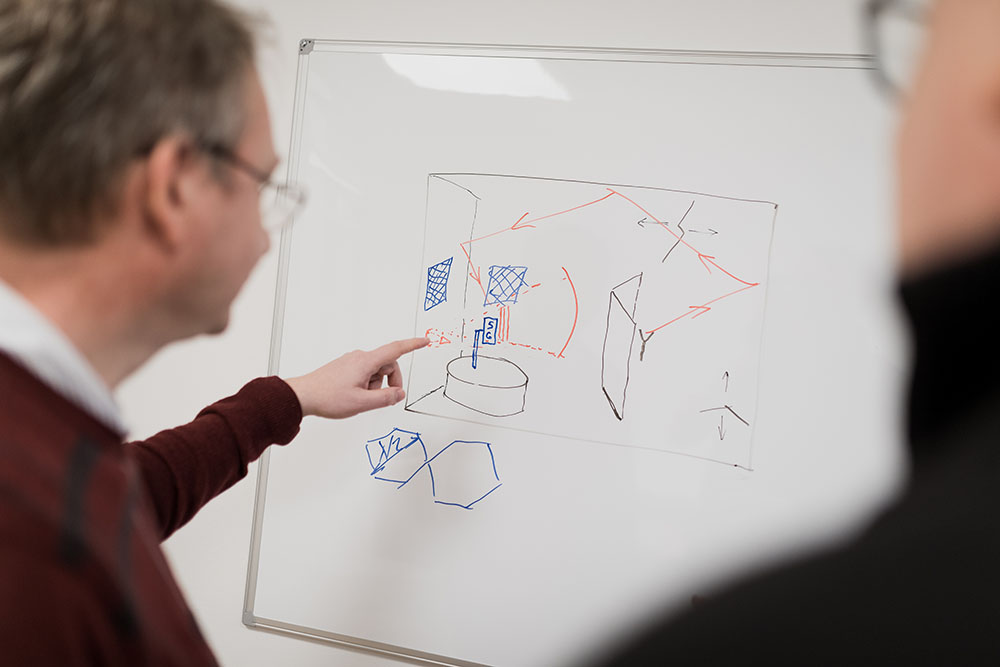LTE and LTE-Advanced with Carrier Aggregation
We are in the forefront of providing measurement solutions for the newest communication systems. We don’t let you wait for measurement solutions supporting technologies that is introduced now. A proof of that is our introduction of MIMO functionality already in 2009 and support for 2 component carrier aggregation (2CC) in 2013. Our system today supports all currently released configurations including up to six downlink or four 4x4 MIMO carriers (TDD, FDD or a mix) as well as two uplink carriers. You can measure the aggregated data throughput as well as throughput per carrier or receiver sensitivity and transmitter power per carrier.
